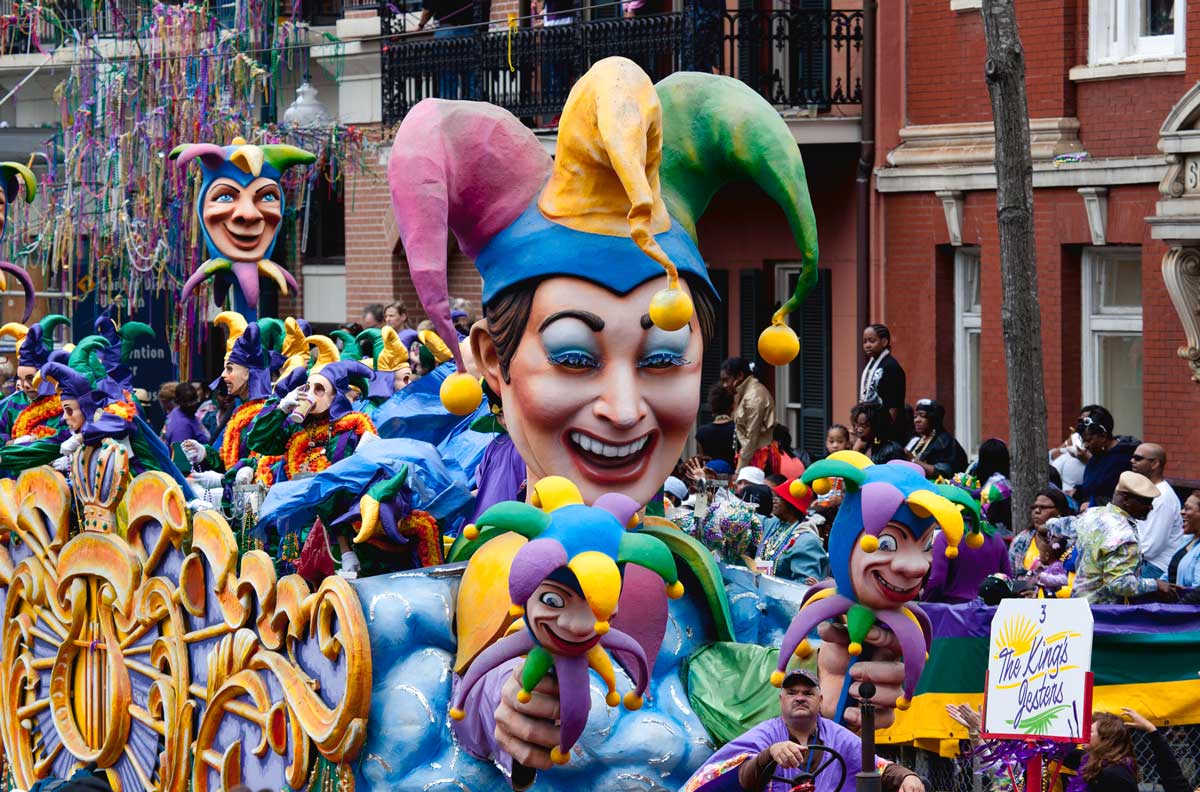March 2025
Feature Article
Mardi Gras… all parades lead to Easter?
By Patti Klinge
New Orleans’ Mardi Gras festival has been in full swing since Jan. 6 with revelers whooping it up ahead of the Lenten season, which is just weeks away.
The Louisiana city’s final celebration takes place March 4 on Fat Tuesday. The day before the start of Lent is filled with parties and celebrations throughout the U.S., and even in many other cities around the world.
Mardi Gras is rooted in the traditions of various cultures before the solemn season of Lent.
Mardi Gras season began Jan. 6, the Epiphany, but its duration changes each year based on Easter. It always ends on Fat Tuesday, the day before Ash Wednesday, which marks the start of Lent.
Fat Tuesday this year falls on March 4. Mardi Gras is French for “Fat Tuesday,” according to Merriam-Webster.
Historically, on Mardi Gras, people were meant to use “all the fats in the home before Lent in preparation for fasting and abstinence,” Britannica reports. Christians would consume rich, fatty foods, such as meat, eggs and cheese, before the period of Lenten fasting, according to the History Channel.
The first Mardi Gras festival in what is now the U.S. may have taken place on March 3, 1699, where New Orleans was founded, Mardi Gras New Orleans says, but other think it began in 1703 in Mobile, AL.
Catholics also call Fat Tuesday Shrove Tuesday or Shrovetide, the conclusion to Ordinary Time.
Famously, Brazilians and Venetians celebrate the holiday with parades, masks and costumes. In both Italy and Brazil, the festival is known as “Carnival.”

Revelers celebrating Mardi Gras in New Orleans, LA. (Image courtesy of Wikipedia)
Ash Wednesday is the first day of the liturgical season of Lent that falls 6½ weeks before Easter each year.
Members of the Catholic Church, ages 18 to 59, are required to observe Lent and fast on Ash Wednesday. Ash Wednesday and Good Friday are known as obligatory days of abstinence. Children 14 and older are expected to abstain from meat.
The observance of Ash Wednesday dates to the 11th century, according to the Vatican, but the tradition of marking one’s forehead with ashes is rooted in the ancient Hebrew custom of “clothing oneself in sackcloth and dusting oneself with ashes as a sign of penance,” according to Hallow, an app for Catholic prayer and meditation.
Many revelers wear purple, green and gold, the traditional colors of Mardi Gras. Others go all out, dressing in costume for parades and other festivities.
This article originally appeared on Detroit Free Press: “Fat Tuesday marks the end of Mardi Gras season and leads into Lent,” by Jalen Williams, Olivia Munson and Anthony Robledo.
For more about Mardi Gras history, go to Wikipedia.org and search on “MardiGrasInNewOrleans.”

